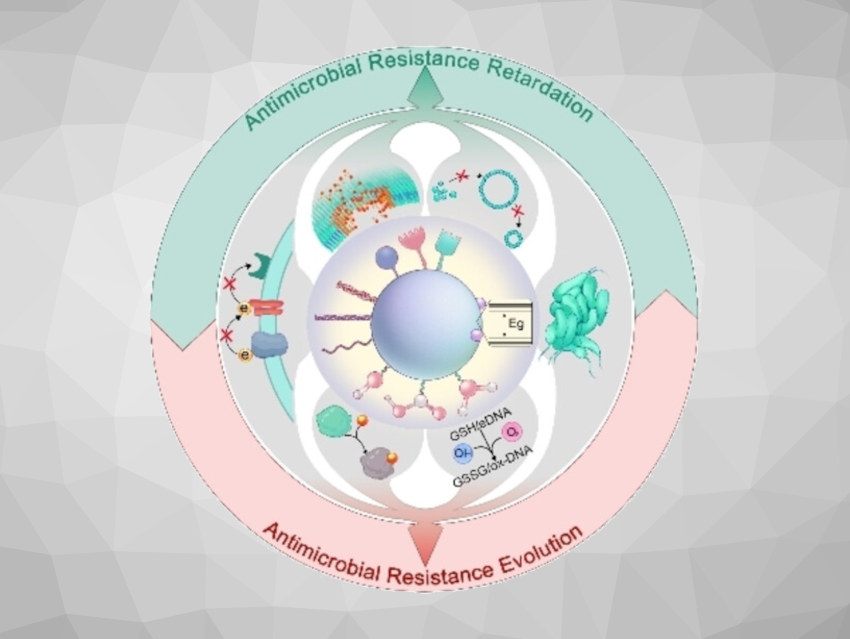In this issue, Yi Zhang et al. review CRISPR-Cas biochemistry and CRISPR-based molecular diagnostics, and Ruibin Li et al. summarize research on antibacterial nanomaterials (see picture). The Minireviews deal with trichlorides that enable improved chlorine technology (Sebastian Riedel et al.) as well as locally concentrated ionic liquid electrolytes for lithium-metal batteries (Stefano Passerini et al.). Bo Wang and Zhuojun Dai highlight the engineering of photosynthetic microbial consortia for carbon-negative biosynthesis.
In the original research section, Maik Finze et al. show how boranes pave the way to anionic cyclic (alkyl)(amino)carbenes (ani-cAACs). Samuel I. Stupp present heterocyclic chromophore amphiphiles and their supramolecular polymerization. In Chung et al. describe electronic structure manipulation of the Mott insulator RuCl3 via single-crystal-to-single-crystal topotactic transformation. Weiping Liu et al. succeeded in manganese-catalyzed chemoselective couplings of secondary alcohols, primary alcohols, and methanol.
- Angewandte 17/2023: Improved Technology,
Angew. Chem. Int. Ed. 2023, 62 (17).


